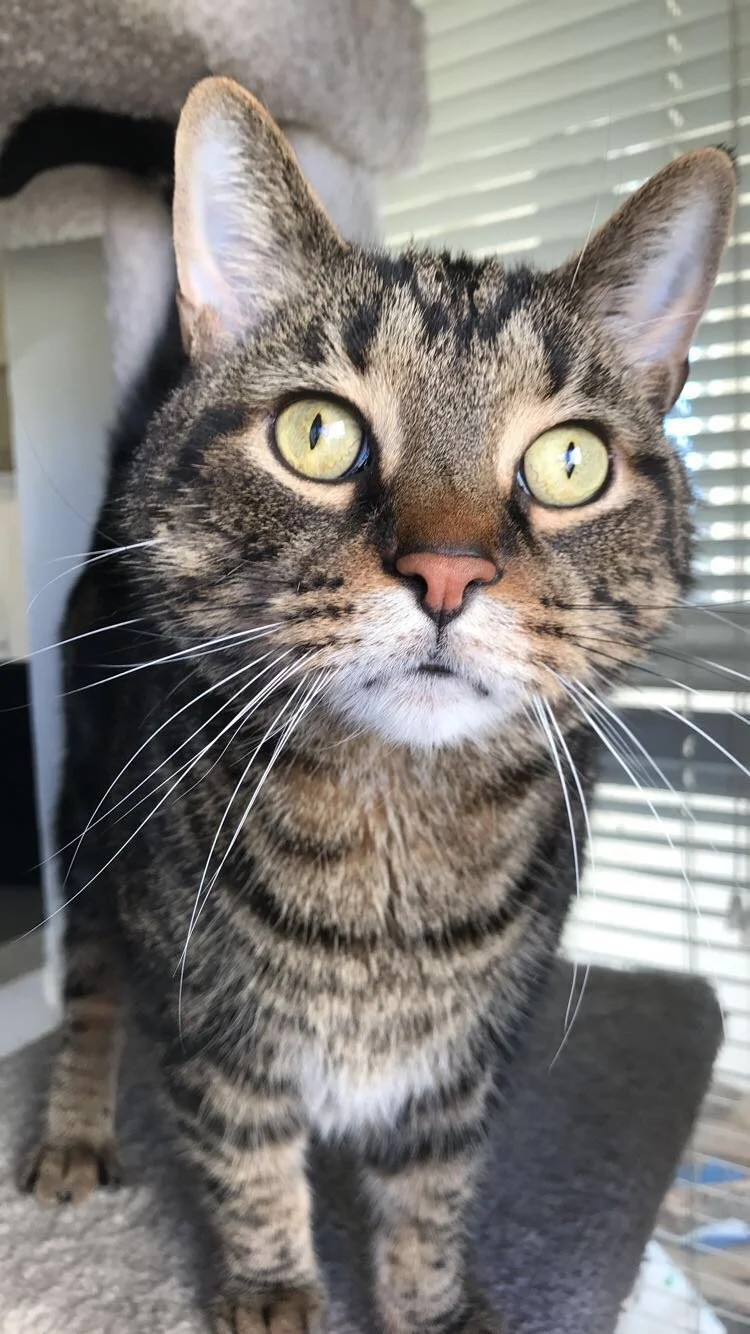Behavior Change Requires Environment Change
Positive reinforcement training sessions with your pet offer an abundance of advantages. They help build strong reinforcement histories for desirable behaviors, strengthen cues in different environments, and create a shared “language” so we can prompt alternate behaviors instead of unwanted ones. Training expands your pet’s behavioral repertoire, supports their overall well-being, and—bonus—it strengthens your relationship. (There’s data to back that up!)
But here’s the thing: training alone is not enough.
As Dr. Susan Friedman often reminds us, behavior does not occur in a vacuum. Every behavior is influenced by the environment. There are learned environmental cues and naturally occurring reinforcers all around our pets.
Why environment matters
For an effective and ethical behavior modification program, adjusting the environment to prevent practice of the problem behavior and set the stage for success is often the name of the game. Sometimes, environment change is the entire recipe—no formal training required.
For example:
Closing blinds and turning on a sound machine when you’re gone can reduce barking triggered by outside noises.
Physical barriers can increase the distance between your dog and something they fear.
Offering your hands low during greetings gives reinforcement closer to the ground, reducing jumping.
These examples require a lot of assumptions so here’s a practical example from my cat, Louie:
A personal example: Louie
Diet management for Louie has been an evolving journey in our household—one that required zero training, only environment change.
Louie has a history of gorging food and then regurgitating. Feeding him on a timed schedule actually made things worse: the bowl itself became a cue to eat too fast. Free feeding (keeping the bowl full) helped most days, but on days he was stressed or extra playful, he would still gorge and regurgitate. If the bowl ran empty and was refilled, that also triggered overeating.
The solution? A puzzle feeder. Cats are built to be opportunistic hunters, hardwired to work for food. By switching to a feeder that required pawing and effort, Louie’s gorging became harder to do, and a healthier feeding behavior naturally emerged.
At first, he wasn’t skilled with his paws, so I used a simple tissue box filled with kibble to help him practice before moving on to a more advanced feeder. Over time, he built the skill and the puzzle feeder became a reliable solution.
Every pet is an individual
It’s important to remember that every animal is different. What works for Louie (or your neighbor’s dog) may not be the fix for your pet. After any environment adjustment, the next step is observation. Let your pet’s behavior tell you whether the strategy is working—or whether additional tweaks or training are needed.
The takeaway: Training is powerful, but lasting behavior change often starts with environment change. If your dog is barking at the window, your cat is overeating, or your puppy won’t stop jumping—sometimes the fastest way to see progress is by changing the setup, not just practicing cues from training sessions.
If you’re not sure how to adjust your pet’s environment, that’s exactly what I help families with every day. Reach out—I’d love to help set the stage for success in your home.
Ready to get started officially? Book a consultation today.



